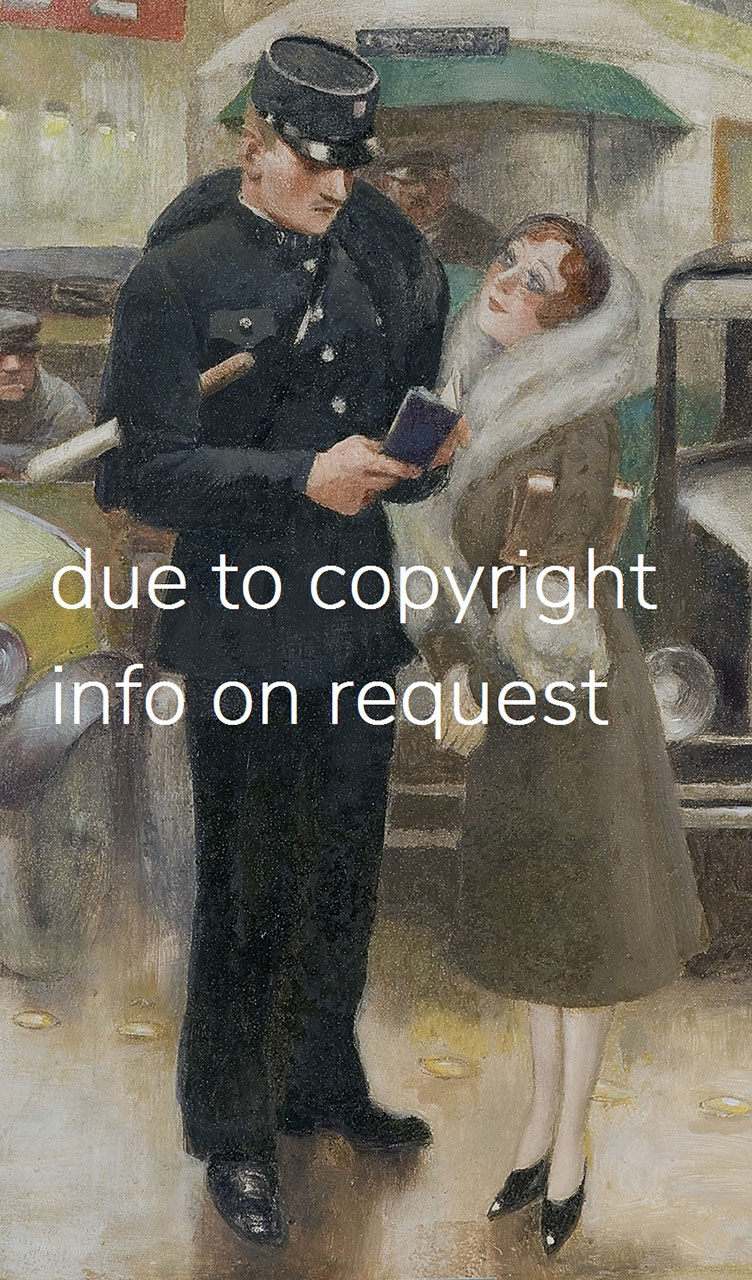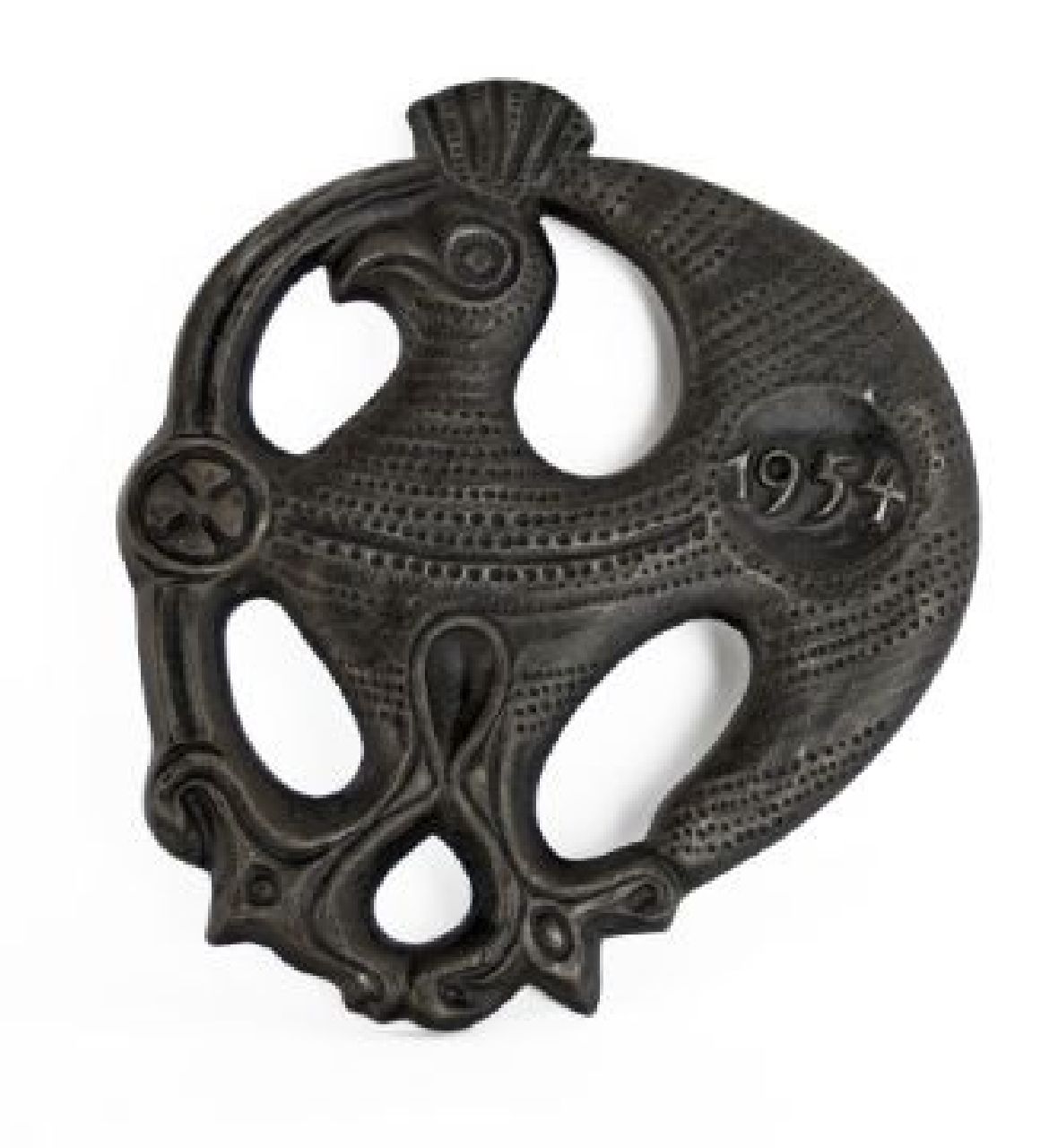Ewald Mataré artwork • statue • sculpture • previously for sale Dancing horse
Ewald Mataré
Aken-Burtscheid (Duitsland) 1887-1965 Büderich (Duitsland)
1887-1965
Dancing horse
bronze 20.4 x 14.2 cm, signed with monogram stamp on rock and foot and made circa 1946
This sculpture was previously for sale.
Ewald Mataré began his art education in Berlin with the idea of becoming a painter. In the 1920s he exchanged paint and brush for wood and chisel and devoted himself to woodcutting and sculpture. Later he also worked in stone, terracotta and bronze. Main themes are humans and animals. Mataré developed a very distinctive style: the form of his subject is strongly abstracted, so that a simplified 'primal image' is created. As a teacher at the academy in Düsseldorf (1932/'33, 1945-'57) and through numerous public and ecclesiastical assignments, he had an important influence on post-war German art. His most famous pupil was Joseph Beuys. Mataré was awarded many times. Mataré's estate is managed by the Museum Kurhaus in Kleve.




